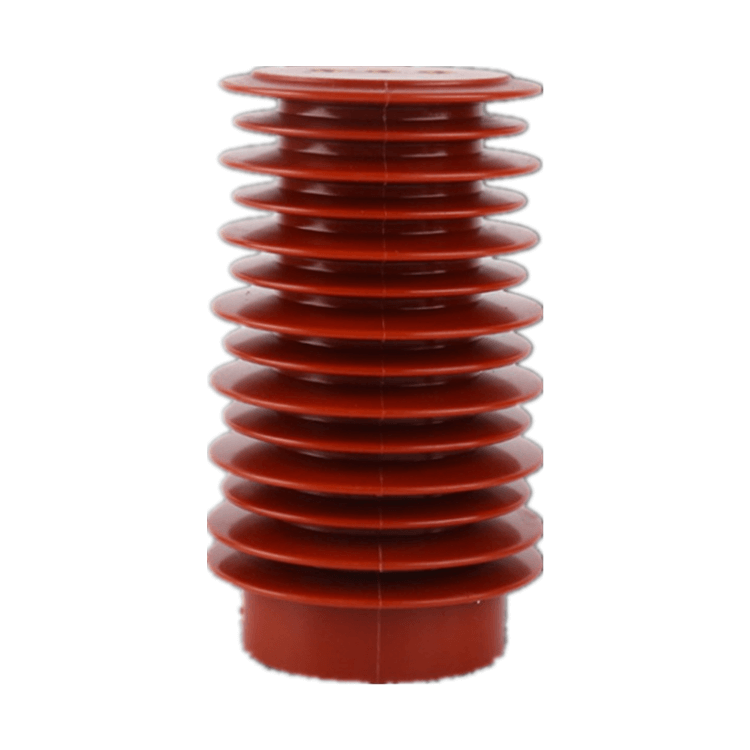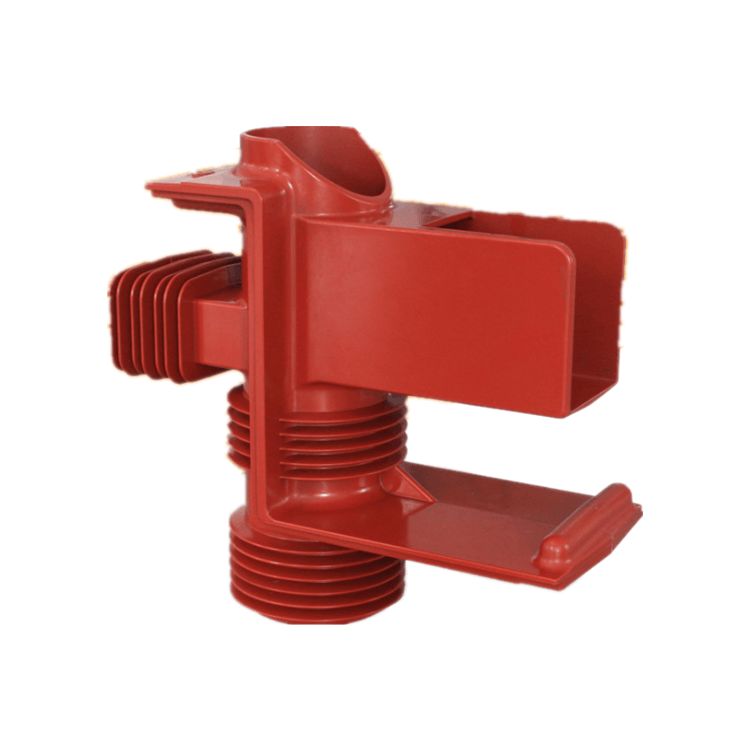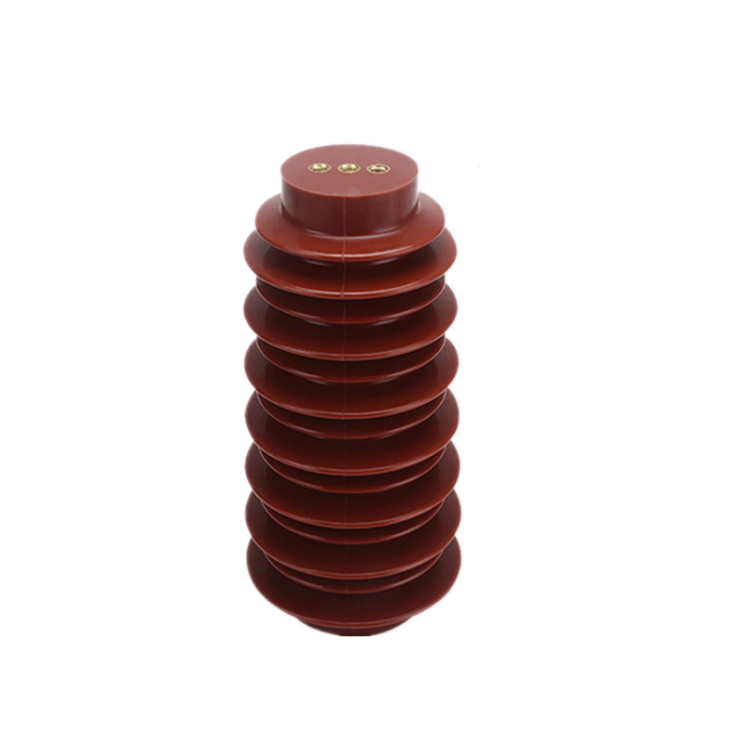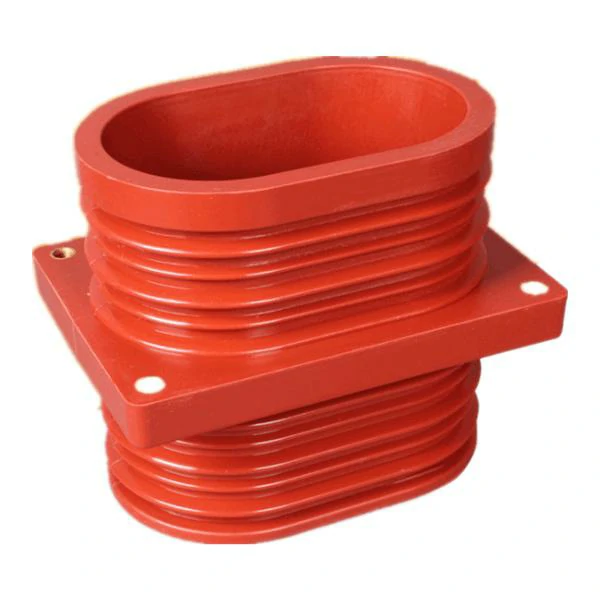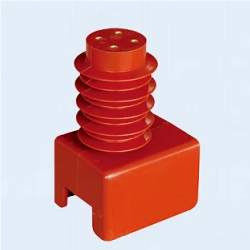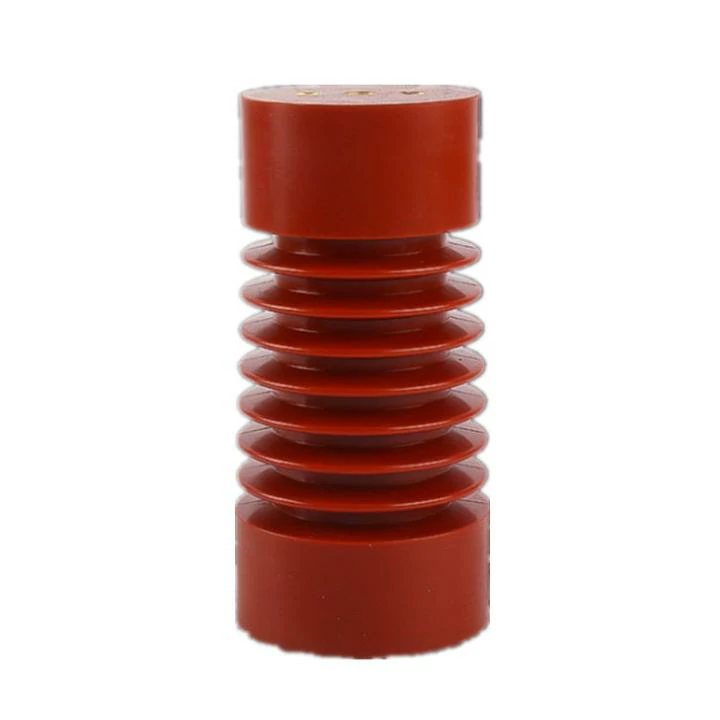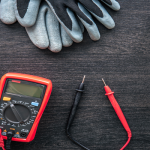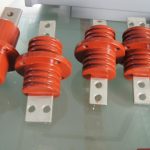In power systems, Insulation Contact Boxs play a vital role in ensuring safe and reliable power transmission and distribution. These specialized components are designed to provide electrical insulation and mechanical support to areas where conductive components come into contact with each other. This comprehensive article is intended to provide an in-depth look at the concept of insulated contact boxes, including their purpose, design considerations, materials used, installation methods, and the importance of proper maintenance and testing.
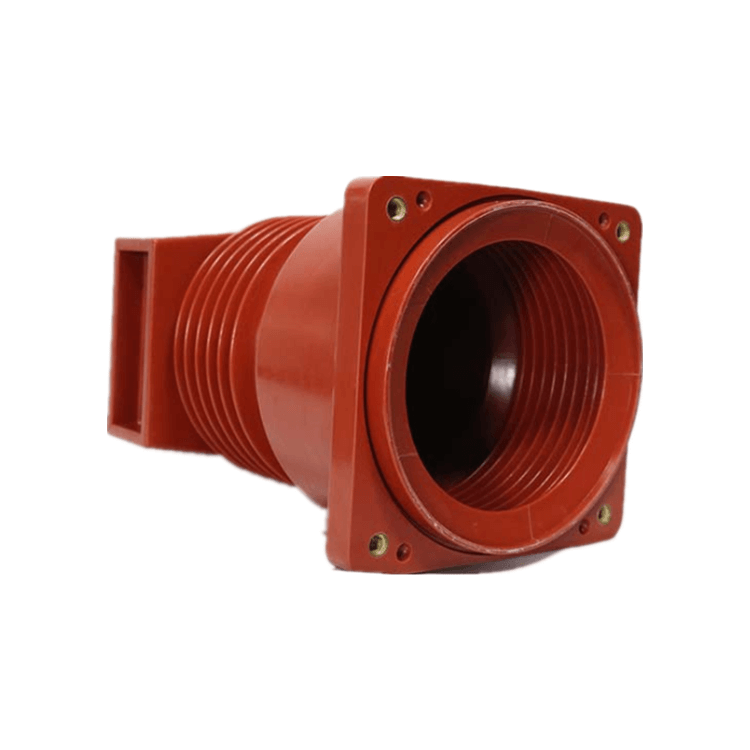
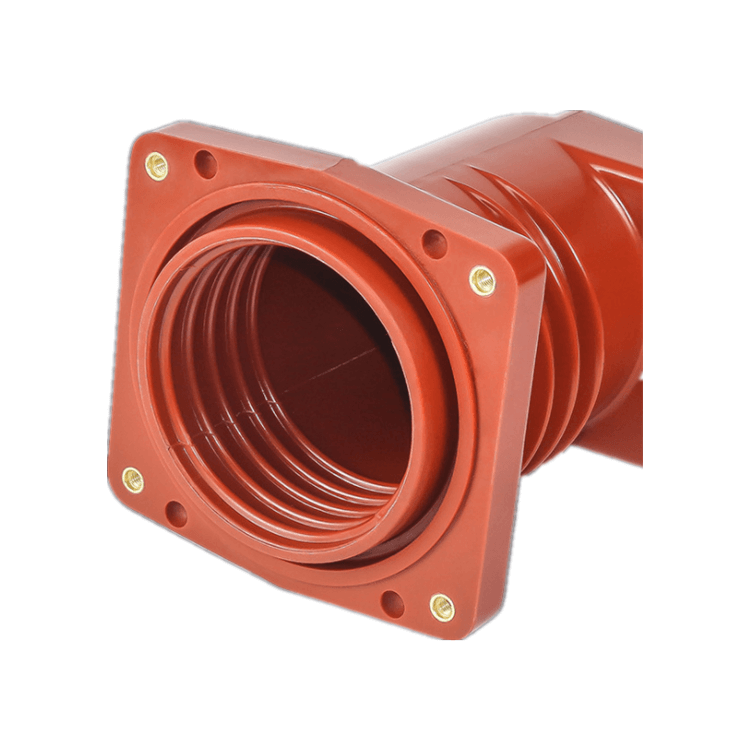
Purpose of Insulation Contact Box:
Insulated contact boxes are used in electrical systems to prevent electrical contact and provide insulation between conductive components. They serve the following purposes:
A. Electrical Insulation: The primary function of an insulating contact box is to provide a barrier that prevents the flow of electrical current between conductive components, thus avoiding short circuits, arc flash, and shock hazards. Ensure safe and reliable operation of electrical systems by isolating conductive components.
B. Mechanical Support: Insulated contact boxes also provide mechanical support for their separate conductive components. They help maintain the structural integrity and alignment of the system, ensuring that conductive components are securely positioned and protected from mechanical stress, vibration, and accidental contact.
C. Environmental Protection: In addition to electrical insulation and support, insulated contact boxes help protect conductive components from environmental factors such as dust, moisture, chemicals and temperature changes. This protection extends the life of the electrical system by preventing damage to conductive parts, corrosion, and degradation of insulation materials.
Design considerations:
Insulation Contact Boxs are designed with a number of factors in mind to ensure their effectiveness and compatibility with electrical systems:
1. Rated Voltage: Insulated contact boxes are designed to withstand specific voltage levels based on the requirements of the electrical system. The insulation material and design must be selected to provide sufficient dielectric strength to ensure that the voltage across the contact box does not exceed its rating.
2. Clearance and creepage distance: Clearance refers to the minimum distance required between conductive parts to prevent electrical breakdown, while creepage distance defines the shortest path along the surface of the insulator to prevent flashover. The insulating contact box is designed with appropriate clearance and creepage distance to ensure electrical safety and comply with relevant standards.
3. Insulating Materials: Insulating contact boxes are typically made from materials with high dielectric strength, such as porcelain, glass, epoxy or polymers. The choice of insulation material depends on factors such as rated voltage, environmental conditions, mechanical strength requirements, and compatibility with other components in the system.
4. Shape and Configuration: The shape and configuration of the insulating contact box may vary depending on the specific application and its separate conductive parts. They can be cylindrical, rectangular, or customized according to the space and requirements of the electrical system. Design should allow for proper installation, maintenance and accessibility.
Materials Used:
Insulation contact boxes are constructed using various materials, each offering specific advantages and considerations:
a. Porcelain: Porcelain is a traditional and widely used material for insulation contact boxes. It provides excellent mechanical strength, high resistance to temperature variations, and good chemical resistance. Porcelain insulation contact boxes are particularly suitable for outdoor applications and areas with high pollution levels.
b. Glass: Glass insulation contact boxes are known for their high mechanical strength, resistance to thermal stress, and exceptional transparency, allowing for visual inspection of the conductive parts. Glass provides good electrical insulation properties and is often used in applications where aesthetics and visibility are important.
c. Epoxy Resins: Insulation contact boxes made from epoxy resins offer advantages such as high mechanical strength, excellent moisture resistance, and good chemical resistance. Epoxy resins can be molded into various shapes, making them suitable for custom designs and complex configurations.
d. Polymers: Polymer-based insulation contact boxes provide lightweight and flexible options. They offer good electrical insulation properties, resistance to moisture, and high dielectric strength. Polymers such as polyethylene (PE), polypropylene (PP), or polyvinyl chloride (PVC) are commonly used in low-voltage applications.
Installation and Maintenance:
Proper installation, maintenance, and testing are essential for the optimal performance and longevity of insulation contact boxes:
- Installation: During installation, insulation contact boxes must be securely mounted and positioned to ensure proper separation between conductive parts. The installation process may involve bolting, clamping, or welding, depending on the design and requirements of the electrical system. Clearances and creepage distances should be maintained according to specifications.
- Maintenance: Regular maintenance is crucial to identify any signs of damage, wear, or contamination that may compromise the insulation properties of the contact boxes. Visual inspections, cleaning, and tightening of connections should be performed periodically. Any damaged or deteriorated insulation contact boxes should be promptly replaced.
- Testing: Various tests can be conducted to assess the performance of insulation contact boxes. These tests may include insulation resistance measurements, dielectric strengthtesting, partial discharge analysis, and thermal imaging. Testing ensures that the insulation contact boxes meet the required standards and continue to provide the necessary electrical insulation.
Importance of Insulation Contact Boxes:
Insulation contact boxes are vital components in electrical power systems for several reasons:
1. Safety: Insulation contact boxes prevent electrical contact between conductive parts, reducing the risk of electrical hazards such as short circuits, arc flashes, and electrical shocks. By ensuring proper insulation, they contribute to the overall safety of the electrical system and protect personnel and equipment.
2. Reliability: Insulation contact boxes help maintain the integrity and reliability of the electrical system. They prevent electrical faults and minimize the potential for system failures, downtime, and costly repairs. By providing mechanical support and protection against environmental factors, they enhance the overall performance and longevity of the system.
3. Compliance: Insulation contact boxes are designed and manufactured to meet relevant industry standards and regulations. Their proper installation, maintenance, and testing ensure compliance with electrical safety and performance requirements. Adhering to these standards promotes best practices, reduces liability, and ensures the system’s conformity with legal and regulatory obligations.
4. System Efficiency: Insulation contact boxes contribute to the efficient operation of electrical power systems. By preventing electrical losses due to short circuits or leakage currents, they help maintain optimal energy transmission and distribution. Improved system efficiency results in reduced energy waste, lower operational costs, and a smaller environmental footprint.
Insulation contact boxes are essential components in electrical power systems, providing electrical insulation, mechanical support, and environmental protection. Their purpose is to prevent electrical contact between conductive parts, ensuring the safe and reliable operation of the system. The design considerations, materials used, installation methods, and maintenance practices surrounding insulation contact boxes are crucial to their effectiveness and performance. By adhering to industry standards and conducting regular testing, these components play a vital role in promoting electrical safety, system reliability, and overall efficiency in power distribution and transmission networks.




